16 Countries That Are Closing Their Doors To Tourists — And 3 Policy Missteps Making It Even Worse
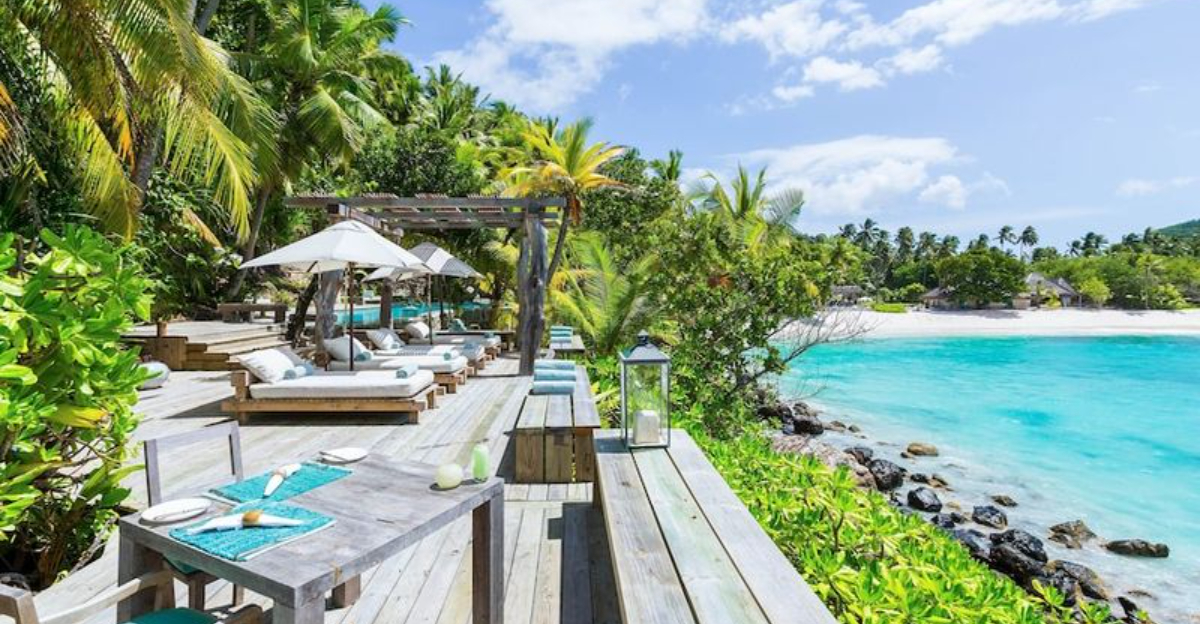
Travel isn’t as simple as booking a ticket anymore. Many countries are putting up barriers to manage overtourism, protect fragile environments, or handle local concerns.
Some destinations we once took for granted are now limiting visitors through new fees, caps, or complicated entry rules. Beyond these country-specific restrictions, several policy mistakes are making international travel even harder for everyone.
1. Bhutan Entry Limits
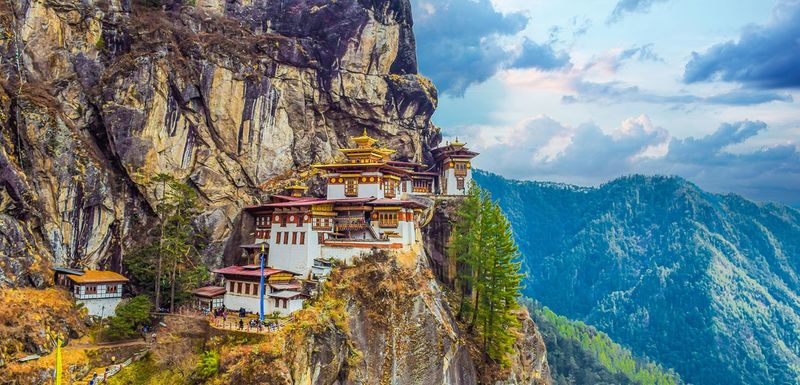
The Himalayan kingdom now charges a whopping $200 daily sustainability fee for most international visitors. This dramatic price increase is part of Bhutan’s “high value, low volume” tourism strategy that prioritizes quality experiences over visitor numbers.
Local guides report tourist numbers dropping by over 80% since these new fees began. The country is unapologetic about this approach, believing fewer but more committed travelers better preserve their unique culture and pristine environment.
Only the most dedicated travelers can justify these costs, effectively transforming Bhutan from a backpacker’s dream to an exclusive luxury destination overnight.
2. Visa Delays for All (Policy Misstep)

Processing backlogs have created nightmarish wait times for tourist visas worldwide. Some travelers report waiting 6+ months for approvals that once took weeks, forcing vacation cancellations and lost deposits.
Many countries failed to properly staff consular services after pandemic cuts. The situation is particularly bad for U.S. travelers seeking visas to Brazil, China, and India, where appointment slots are scarce and processing unpredictable.
Travel agents now recommend applying for visas before booking flights or accommodations. This uncertainty damages tourism economies while creating anxiety for travelers who can’t confidently plan trips more than half a year in advance.
3. Japan’s Tourist Cap
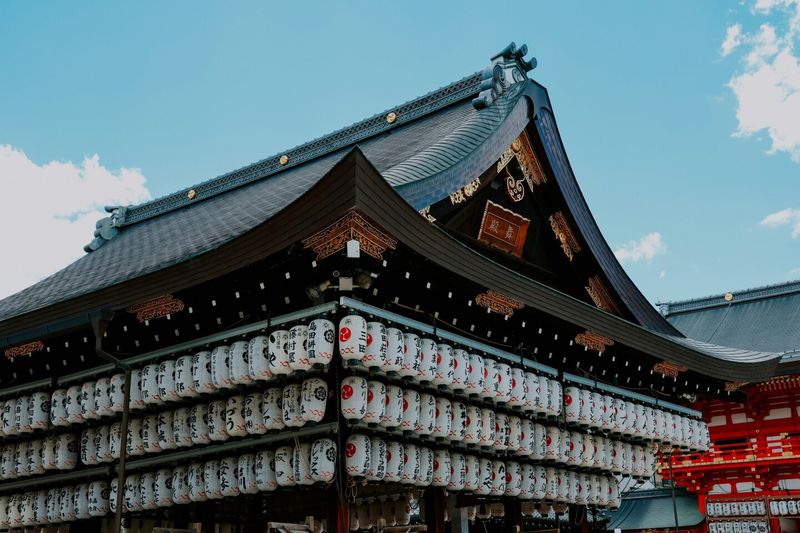
Travelers planning a trip to Japan may face challenges, as strict entry limits and ongoing arrival quotas can complicate travel plans.
Popular attractions like Kyoto’s Fushimi Inari Shrine now require timed entry tickets. Mount Fuji has introduced climbing fees and visitor limits during peak season to manage environmental impact and overcrowding.
These measures reflect Japan’s cautious approach to balancing tourism recovery with maintaining quality experiences. Travelers must now book well in advance and expect to pay more for experiences that were once freely accessible.
4. Complex COVID Paperwork (Policy Misstep)
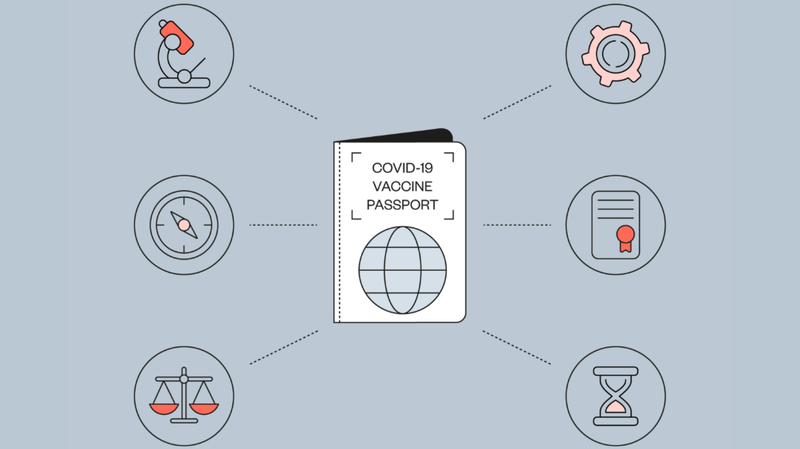
Inconsistent health documentation requirements continue to plague international travel despite pandemic restrictions ending in most regions. Travelers face a confusing patchwork of rules that can change without notice, leaving many scrambling at airports.
Some countries still demand vaccination proof while others require specific testing timeframes that don’t align with flight schedules. The lack of standardized digital health passports means travelers must navigate various apps and paper systems for different destinations.
This bureaucratic tangle discourages spontaneous travel and creates anxiety even for experienced travelers. Many report spending more time researching documentation requirements than actually planning their trip activities.
5. Iceland Overtourism Crackdown
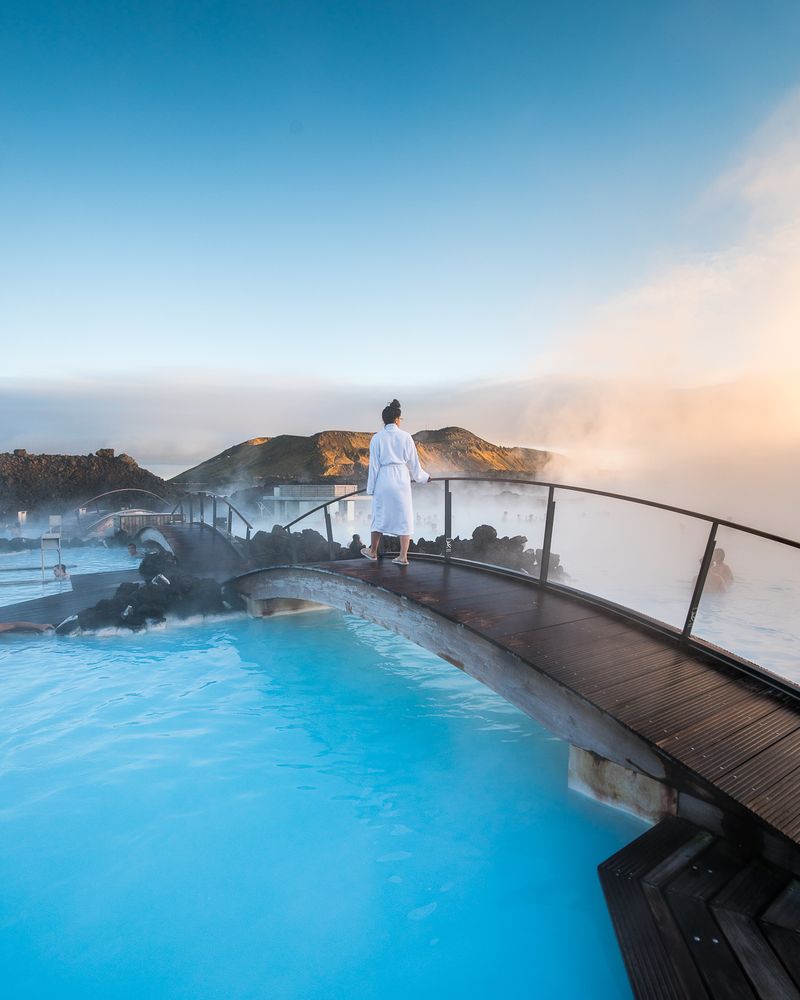
Iceland’s dramatic landscapes are now protected by visitor caps and increased fees. Popular sites like Diamond Beach and Jökulsárlón Glacier Lagoon have implemented timed entry systems after suffering environmental damage from foot traffic.
The famous Blue Lagoon now requires advance bookings that regularly sell out months ahead. Hiking trails in fragile volcanic areas increasingly require permits with strict daily limits.
Local authorities have also cracked down on camper vans, limiting where travelers can stay overnight. This shift aims to spread tourism beyond Instagram-famous spots while protecting Iceland’s unique environment, but makes spontaneous exploration nearly impossible for visitors.
6. No Digital Nomad Support (Policy Misstep)

Despite the remote work revolution, many countries lack proper visa pathways for digital nomads. This policy gap forces long-term travelers into legal gray areas using tourist visas while working remotely.
Countries missing this opportunity are losing high-spending, low-impact visitors who typically stay months rather than days. When digital nomads are caught working on tourist visas, they face deportation, fines, and entry bans that damage destination reputations.
While countries like Croatia, Portugal, and Mexico have created specific digital nomad visas with clear tax rules, many major destinations lag behind. This outdated approach fails to recognize how modern travelers blend work and leisure.
7. Italy’s Heritage Restrictions
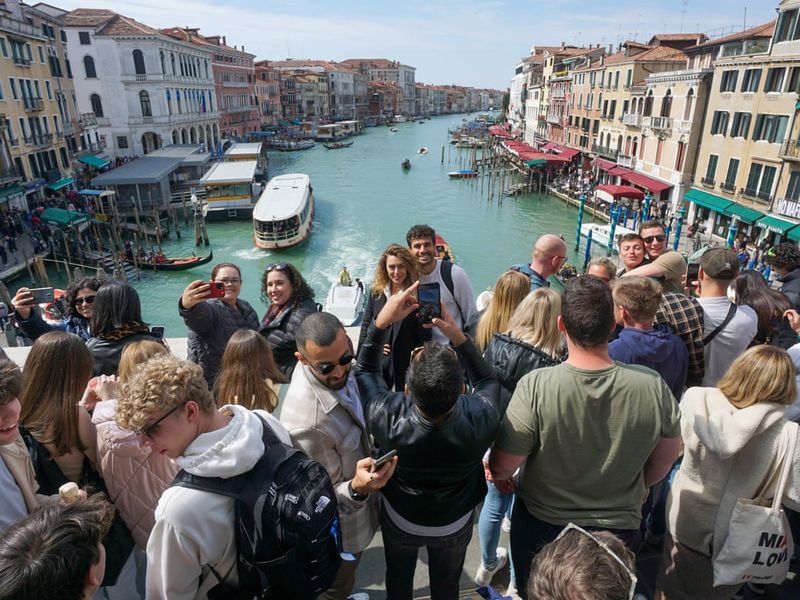
Tourists heading to Italy’s most iconic spots should prepare for new rules, with advance booking now required at the Uffizi Gallery and strict controls at the Trevi Fountain.
Venice introduced the most dramatic measure: a daily entrance fee for day-trippers. The city also banned large cruise ships from the historic center and installed turnstiles at popular entry points to control crowd flow.
Cinque Terre’s colorful villages now cap daily visitors and charge for hiking path access. These restrictions aim to preserve Italy’s cultural treasures but transform spontaneous exploration into a precisely scheduled experience requiring advance planning.
8. Bali Halts on Budget Travel

Bali has declared war on budget tourism with new policies targeting backpackers and digital nomads. The Indonesian island doubled its visa fees and introduced minimum spending requirements for visitors.
Authorities are actively deporting foreigners caught working without proper permits, particularly targeting social media influencers creating content. Popular beach clubs now charge steep minimum spends, effectively pricing out budget travelers.
Local officials have explicitly stated they want “quality tourists” who spend more money. This shift comes after complaints about disrespectful behavior from some visitors and aims to reposition Bali as a luxury destination rather than a backpacker haven.
9. Amsterdam Tourist Taxes
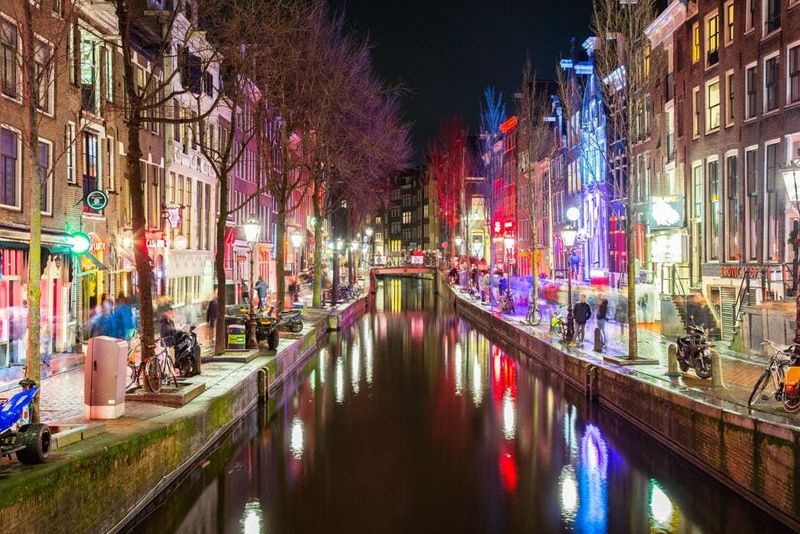
In an effort to manage crowds, Amsterdam raised its tourist taxes sharply, making it the most expensive city in Europe for overnight stays.
Officials openly admit these measures target budget travelers and party tourists. The famous Red Light District now closes earlier, while cannabis cafes face stricter regulations and potential tourist bans.
Amsterdam has also banned new tourist shops and limited Airbnb rentals to 30 nights annually. Mayor Femke Halsema declared the city wants to attract cultural tourists rather than those seeking cheap thrills, fundamentally changing Amsterdam’s longtime reputation as a liberal playground.
10. Thailand’s Eco Access Rules
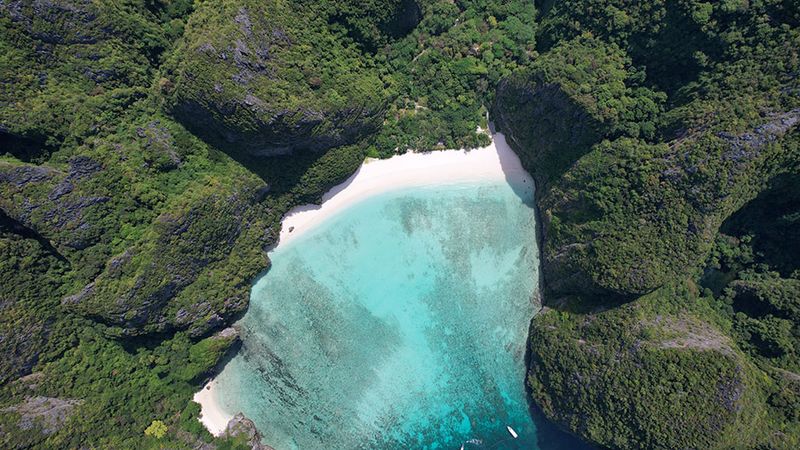
After years of environmental recovery, Maya Bay has reopened—but with strict rules, including hourly visitor caps and a complete swimming ban.
The Similan Islands limit daily entries to 3,850 people and doubled national park fees for foreigners. Authorities regularly close islands and marine parks for months-long “recovery periods” with little advance notice.
Even popular spots like Koh Phi Phi now require environmental fees and adherence to strict rules about sunscreen ingredients. These measures aim to prevent the environmental degradation that previously forced total closures but make spontaneous island-hopping nearly impossible.
11. Venice Cruise Ban
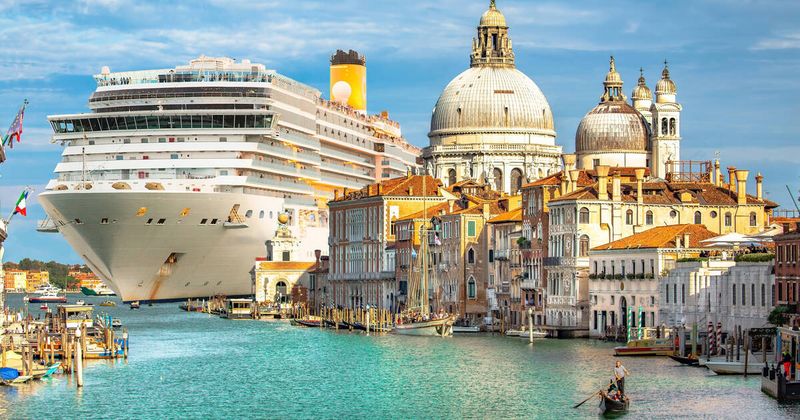
After years of controversy, Venice has finally banned large cruise ships from entering its historic lagoon, aiming to protect the city’s delicate infrastructure.
Cruise passengers must now dock at industrial ports and take buses into Venice. The city also introduced a controversial €5 day-tripper fee targeting cruise visitors who don’t stay overnight in local accommodations.
Electronic gates and reservation systems now control access to St. Mark’s Square during peak periods. These measures aim to transform Venice from a quick photo stop into a destination where visitors stay longer and spend more, though critics argue the day fee merely commodifies access rather than truly solving overtourism.
12. New Zealand Tight Entry
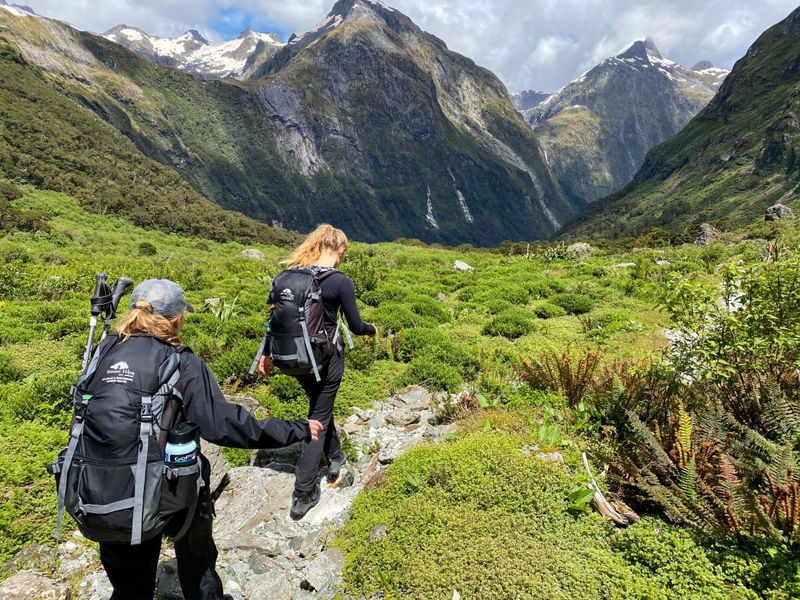
New Zealand’s post-pandemic reopening came with unexpected barriers for international visitors. The country now requires Electronic Travel Authority approval even for visa-exempt travelers, adding paperwork and fees.
Authorities increased the International Visitor Conservation and Tourism Levy to NZ$35 per person. Popular hiking trails like the Milford Track now require advance bookings that sell out almost immediately when released.
The Department of Conservation limits daily hikers on the Tongariro Alpine Crossing during peak season. These measures reflect New Zealand’s commitment to sustainable tourism after years of strain on natural resources, but transform what was once spontaneous nature access into a highly regulated experience.
13. Chile Remote Area Limits
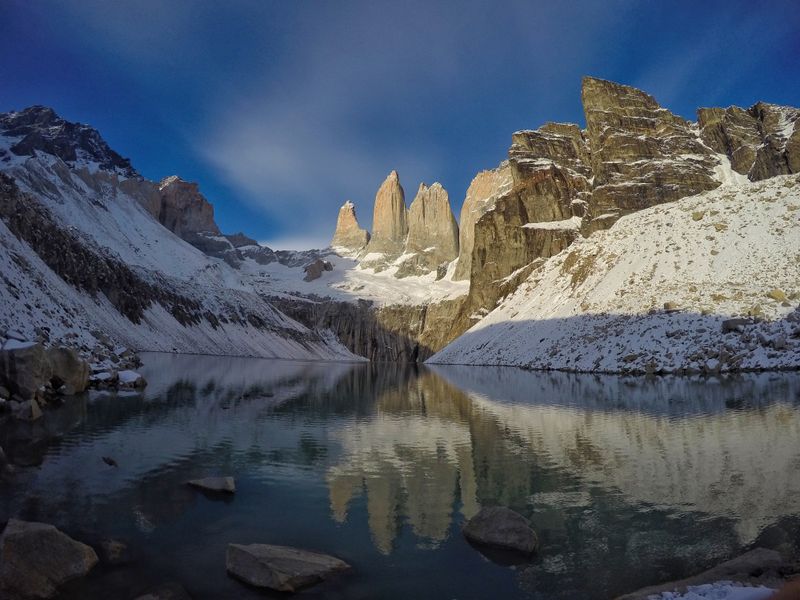
Visitors heading to Easter Island should plan ahead, as Chile now requires advance registration and enforces strict limits on length of stay.
Torres del Paine National Park introduced a complex reservation system for its famous W and O hiking circuits. Daily trekker numbers are strictly controlled, with permits selling out months in advance for peak season.
Authorities doubled entrance fees for foreigners at most national parks while maintaining lower rates for locals. These measures aim to protect Chile’s diverse ecosystems from overtourism damage, but create significant barriers for international visitors hoping to experience the country’s remarkable landscapes.
14. Canada Tourist Visa Pause
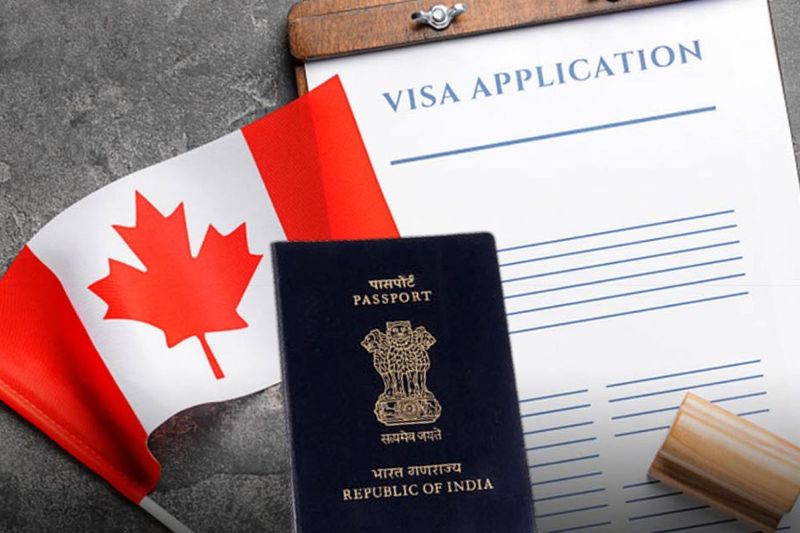
Due to a major backlog, Canada has temporarily stopped processing new tourist visas for select countries, with approval times stretching beyond 12 months.
The country also introduced stricter financial requirements for visitors. Applicants must now show substantially higher bank balances to prove they can support themselves during their stay.
Even approved visitors face enhanced screening at airports, with border agents regularly denying entry despite valid visas. These measures reflect Canada’s growing concern about visa overstays but create significant uncertainty for legitimate tourists, especially those visiting family members or attending special events.
15. Norway Hiking Permit Cuts
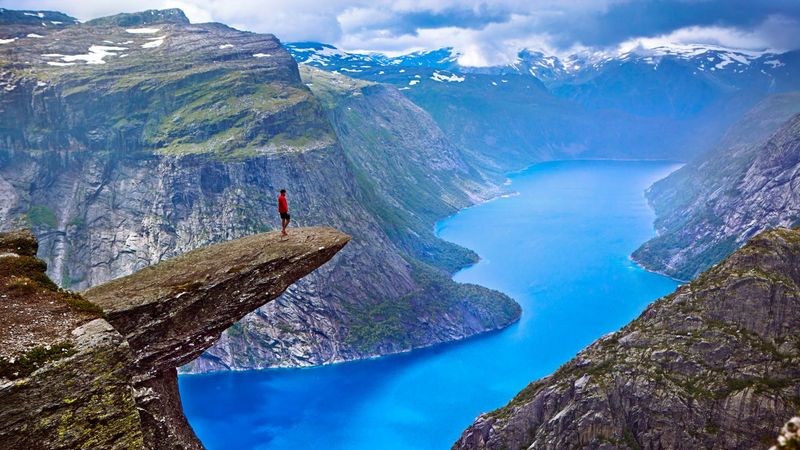
To preserve its natural landmarks, Norway now restricts access to famous trails, requiring hikers to book slots in advance—often weeks ahead.
Local municipalities introduced parking restrictions at popular trailheads, effectively limiting access even for those willing to hike without guides. Some fjord communities now charge “nature fees” for access to previously free viewpoints.
Norway’s allemannsretten (freedom to roam) tradition is increasingly restricted for international visitors. These changes aim to prevent dangerous overcrowding on narrow cliff paths while protecting fragile alpine environments, but transform Norway’s once-open wilderness into a highly regulated experience.
16. Seychelles Booking Restrictions
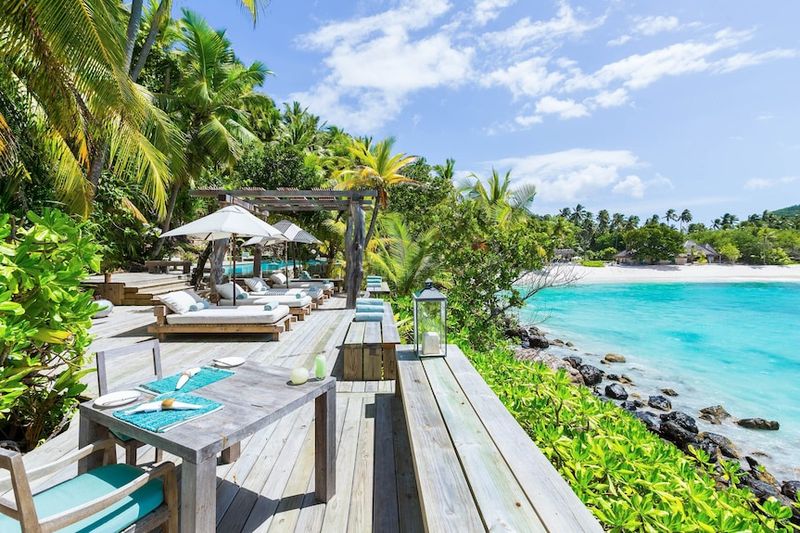
A new policy in the Seychelles restricts spontaneous travel, with visitors needing confirmed lodging at approved hotels to gain entry approval.
Authorities banned budget accommodations on certain islands, effectively setting a minimum daily spending requirement. Beach access has become increasingly restricted, with many formerly public beaches now accessible only through luxury resorts.
Even day trips to outer islands require permits with strict visitor caps. These policies aim to position Seychelles exclusively as a luxury destination while protecting its fragile marine ecosystems from mass tourism, but effectively close the door to middle-class travelers who previously could visit on moderate budgets.
17. Australia Entry Slowdowns

International visitors to Australia have faced frustrating setbacks, with a significant reduction in visa personnel leading to lengthy approval backlogs.
Popular sites like Uluru now require advance permits with daily visitor caps. The Great Barrier Reef implemented strict limits on tour operators and visitor numbers at key diving spots to reduce environmental impact.
Even accessing national parks requires booking specific time slots during peak periods. These changes reflect Australia’s cautious approach to reopening international tourism while protecting natural wonders, but create significant planning challenges for visitors accustomed to Australia’s formerly streamlined entry processes.
18. Morocco Red Tape Rises
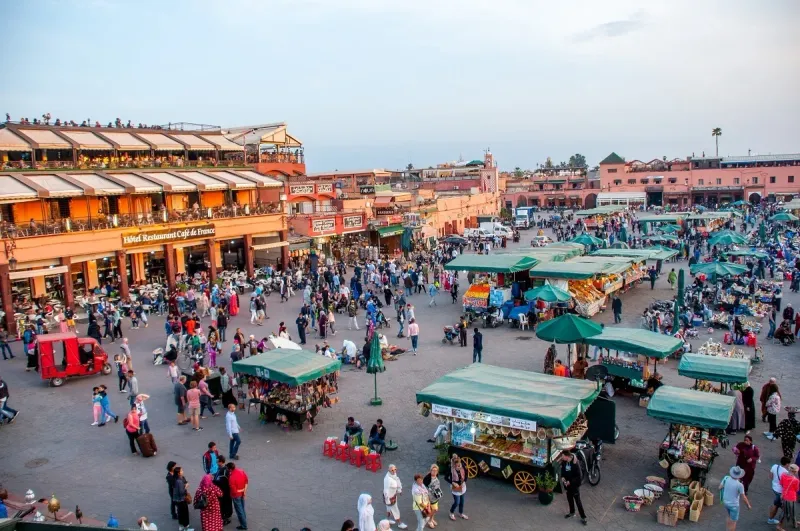
Traveling to Morocco now requires careful planning, as visitors must show proof of accommodation for their full stay before even entering the country.
Popular desert camps and mountain trekking routes require special permits with daily visitor caps. Authorities have cracked down on unlicensed guides and accommodation, removing budget options many backpackers relied on.
Marrakech’s famous Jemaa el-Fnaa square now restricts certain activities to designated hours and areas. These changes aim to better regulate tourism quality while preserving cultural heritage, but create barriers for independent travelers who previously enjoyed Morocco’s flexibility and affordability.
19. South Korea Daily Entry Caps
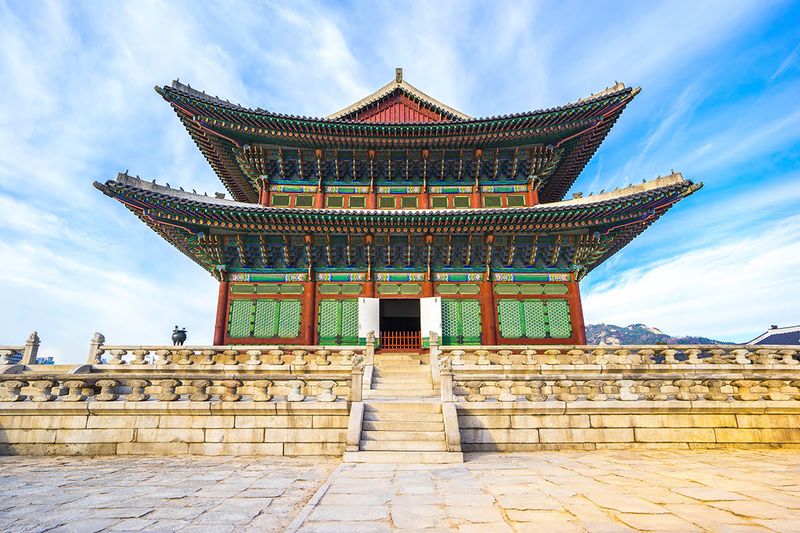
Planning ahead is now essential for travelers to South Korea, as daily limits and permit systems have been rolled out for many iconic attractions.
The hanbok rental experience at cultural sites now comes with time limits and higher fees for foreigners. Authorities regularly close popular sites like Bukchon Hanok Village to non-residents during peak hours after complaints from locals.
Even accessing trendy neighborhoods like Hongdae and Itaewon faces increasing restrictions during evenings and weekends. These measures aim to manage Korea’s tourism boom following K-pop and K-drama popularity, but transform what was once spontaneous cultural exploration into a highly scheduled experience.
